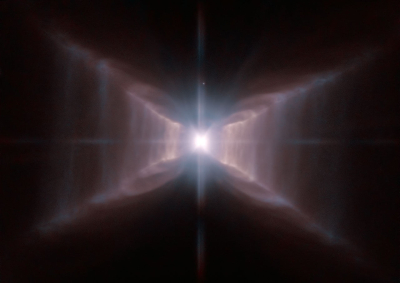In an effort to funnel money to Aerojet Rocketdyne at the cost of every other rocket company in the nation, the House Armed Services Committee has written a bill that tells the Air Force exactly how it will build its future rockets.
“The Committee shares the concern of many members that reliance on Russian-designed rocket engines is no longer acceptable,” the committee said April 25. “The Chairman’s Proposal, as recommended by Chairman Rogers of the Subcommittee on Strategic Forces, denies the Air Force’s request to pursue the development, at taxpayer expense, of new commercial launch systems. It instead focuses on the development of a new American engine to replace the Russian RD-180 by 2019 to protect assured access to space and to end reliance on Russian engines. The Mark also holds the Air Force accountable for its awards of rocket propulsion contracts that violated the FY15 and FY16 NDAAs.”
…“The funds would not be authorized to be obligated or expended to develop or procure a launch vehicle, an upper stage, a strap-on motor, or related infrastructure,” says a draft of the 2017 defense authorization bill.
As presently written, the bill would leave the Air Force only one option: use engines built by Aerojet Rocketdyne.
If anything demonstrates the corruption or foolishness of our elected officials, it is this proposal. Not only are they telling the Air Force how to design rockets, they are limiting the options so much that they are guaranteeing that it will either cost us more than we can afford, or it won’t be doable at all. As I say, either they are corrupt (working to benefit Aerojet Rocketdyne in exchange for money), or they are foolish, (preventing the Air Force from exploring as many inexpensive future options as possible).




